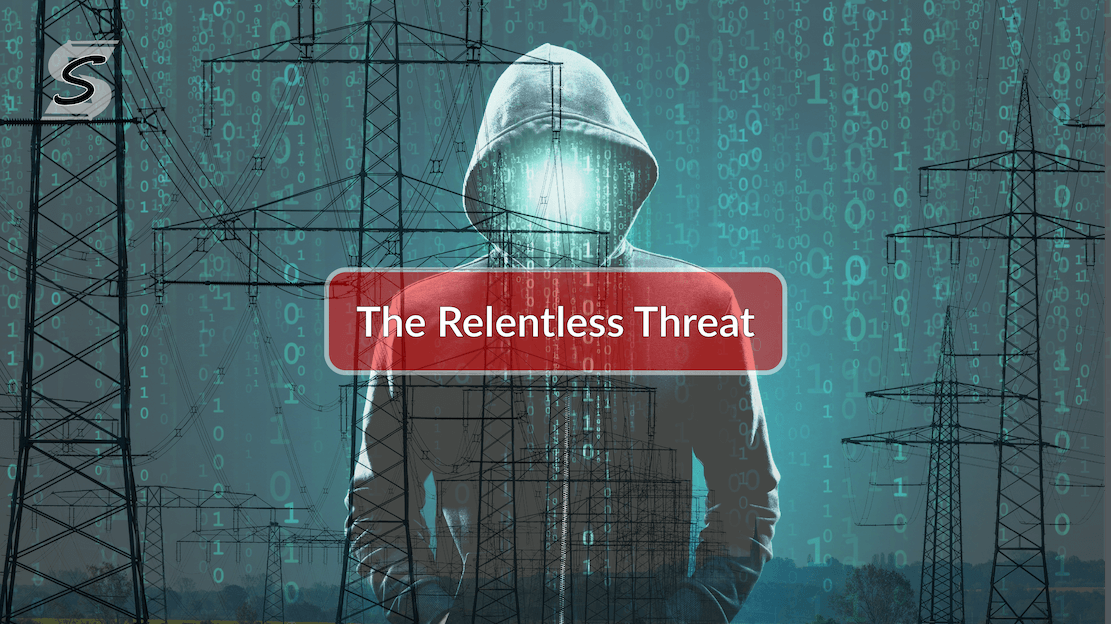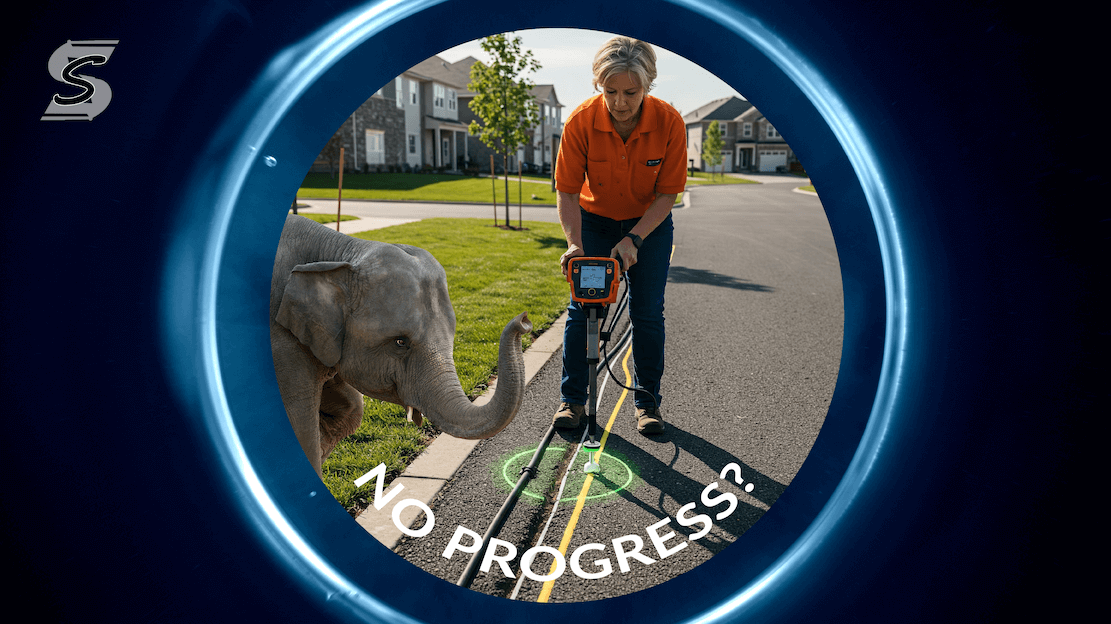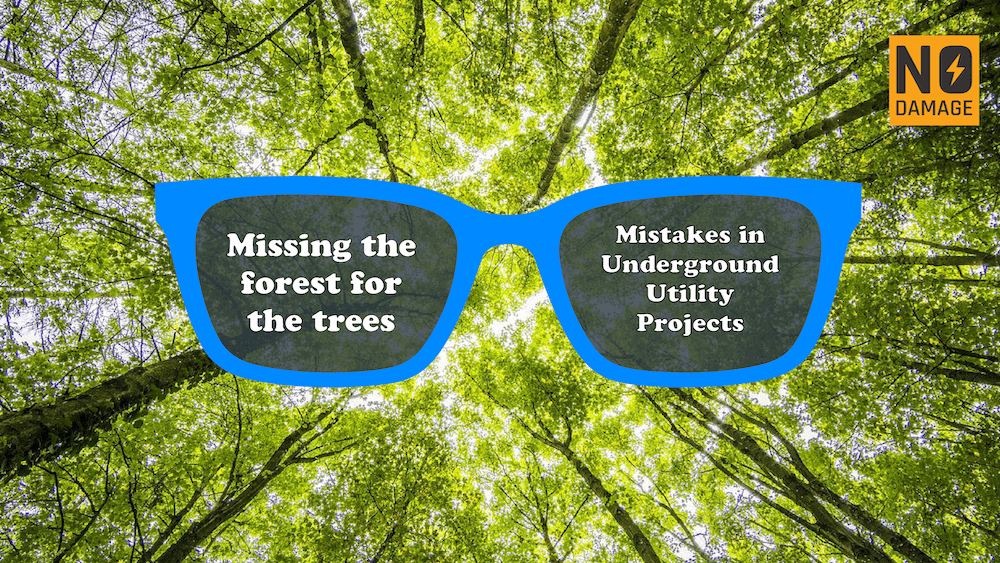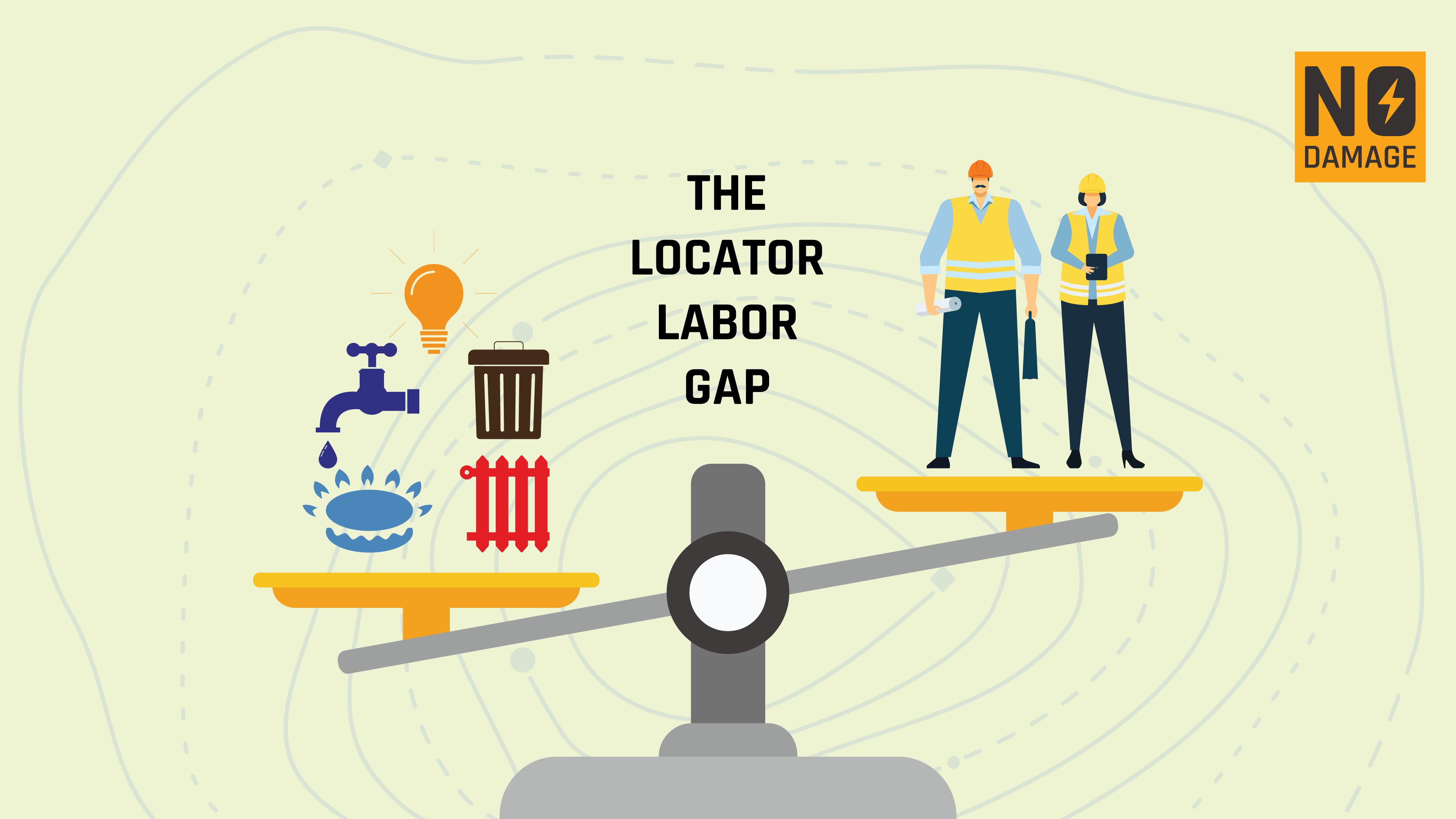
As energy utilities evolve, the landscape is becoming more varied and complex, incorporating technologies that were once experimental but are now essential. From microgrids and fiber installations to renewable energy and underground power systems, the utility infrastructure of tomorrow will look vastly different from today's centralized, overhead networks. This shift brings an urgent need to map and integrate these new technologies into a central repository that can support planning and ensure future resilience. Now is the time for utilities to recognize this emerging reality and capitalize on current and future technologies to build smarter, more sustainable infrastructures.
The Growing Adoption of Microgrids and Renewable Energy
Microgrids, which generate power locally and can operate independently of the main grid, are gaining momentum. Their ability to provide reliable energy during outages and their integration with renewable sources like solar and wind make them a powerful tool in the energy resilience toolkit. As energy grids diversify, more utilities are turning to decentralized systems to enhance their service, reduce their carbon footprints, and ensure continuous power during natural disasters or major grid failures.
These decentralized energy systems also require sophisticated planning and mapping. Managing the complexity of connecting microgrids with larger grid systems - and ensuring that renewables are maximized - demands precise, up-to-date data on underground and aboveground infrastructure.
Fiber and Telecommunications: The Underground Movement
Beyond energy, utilities are increasingly installing fiber-optic cables for telecommunications and smart grid systems underground. Fiber is essential for building faster internet networks, supporting smart cities, and enabling technologies like 5G and Internet of Things (IoT) devices. With fiber installations becoming a backbone of the future utility landscape, many companies are opting to bury these lines underground to protect them from weather-related damage and enhance overall reliability.
The movement toward undergrounding utilities - whether for power, fiber, or water - brings multiple benefits, including increased resilience against storms, accidents, and other external factors. However, with this growing complexity, managing underground assets becomes crucial for avoiding damage during excavation, coordinating multiple services, and future-proofing infrastructure.
Why Mapping and a Central Repository are Key
As more utilities shift to decentralized energy solutions, fiber installations, and undergrounding their infrastructure, the challenge becomes one of visibility. The risk of damaging critical infrastructure during excavations rises as underground networks grow denser. This is why now, more than ever, utilities need to prioritize comprehensive mapping of their underground assets, using GIS.
By establishing a centralized digital repositoryof all underground and aboveground assets - whether it's power lines, fiber-optic cables, water pipes, or microgrid connections - utilities can ensure better planning and reduce the risks of cross-utility interference. These digital systems should be designed to evolve, incorporating new data over time, and they must be accessible to a variety of stakeholders, including utility companies, construction teams, city planners, and emergency services. It's alarming to me, that I keep hearing about utility owners and municipalities that are taking a back seat on these issues. They need to be pushing it forward.
Technologies Driving the Change
Several cutting-edge technologies are pushing this mapping and planning revolution forward:
- Geographic Information Systems: These systems allow for detailed mapping and visualization of utility networks, providing real-time insights into where infrastructure is located and its condition. Every utility owner should have real time GIS!
- Digital Twins: By creating digital replicas of physical assets, utilities can simulate and optimize the performance of their networks, test scenarios, and predict future needs.
- Drones and Sensors: Utilities are increasingly using drones to survey hard-to-reach areas and sensors to monitor real-time data from underground installations.
- Augmented Reality: AR can enable field technicians to "see" underground assets before they dig, reducing damage risks and enhancing planning capabilities.
Planning for the Future: Building Smarter Cities and Resilient Systems
Utilities must start integrating these technologies today to create a fully mapped, interconnected infrastructure that can handle the demands of the future. As more power systems are decentralized, more telecommunications services are delivered via fiber, and more assets are placed underground, having a robust, digital, and constantly updated map of all utility systems will be critical.
A comprehensive repository that combines data from these various technologies will allow utilities to plan more effectively, avoid costly errors, and build systems capable of handling the pressures of future urbanization, climate change, and evolving energy demands.
Conclusion: A Call to Action
The utility sector is at a crossroads. With the rise of decentralized energy, the undergrounding of critical infrastructure, and the convergence of power and telecommunications systems, now is the time to act. By leveraging current technologies like GIS, digital twins, and AR, and planning for future innovations, utilities can create a central repository that will serve as the foundation for a more resilient, efficient, and sustainable future.
Integrating solutions like Utilocate which offers precise ticket management and advanced tracking for underground infrastructure, can play a quiet but crucial role in ensuring that these efforts are organized and transparent. As we build the smart cities and utility networks of tomorrow, detailed, real-time data on underground assets will be essential to minimizing risks and maximizing the potential of decentralized, renewable-powered grids. The future of utilities is underground, and the time to plan for it is now.
Share this Post











